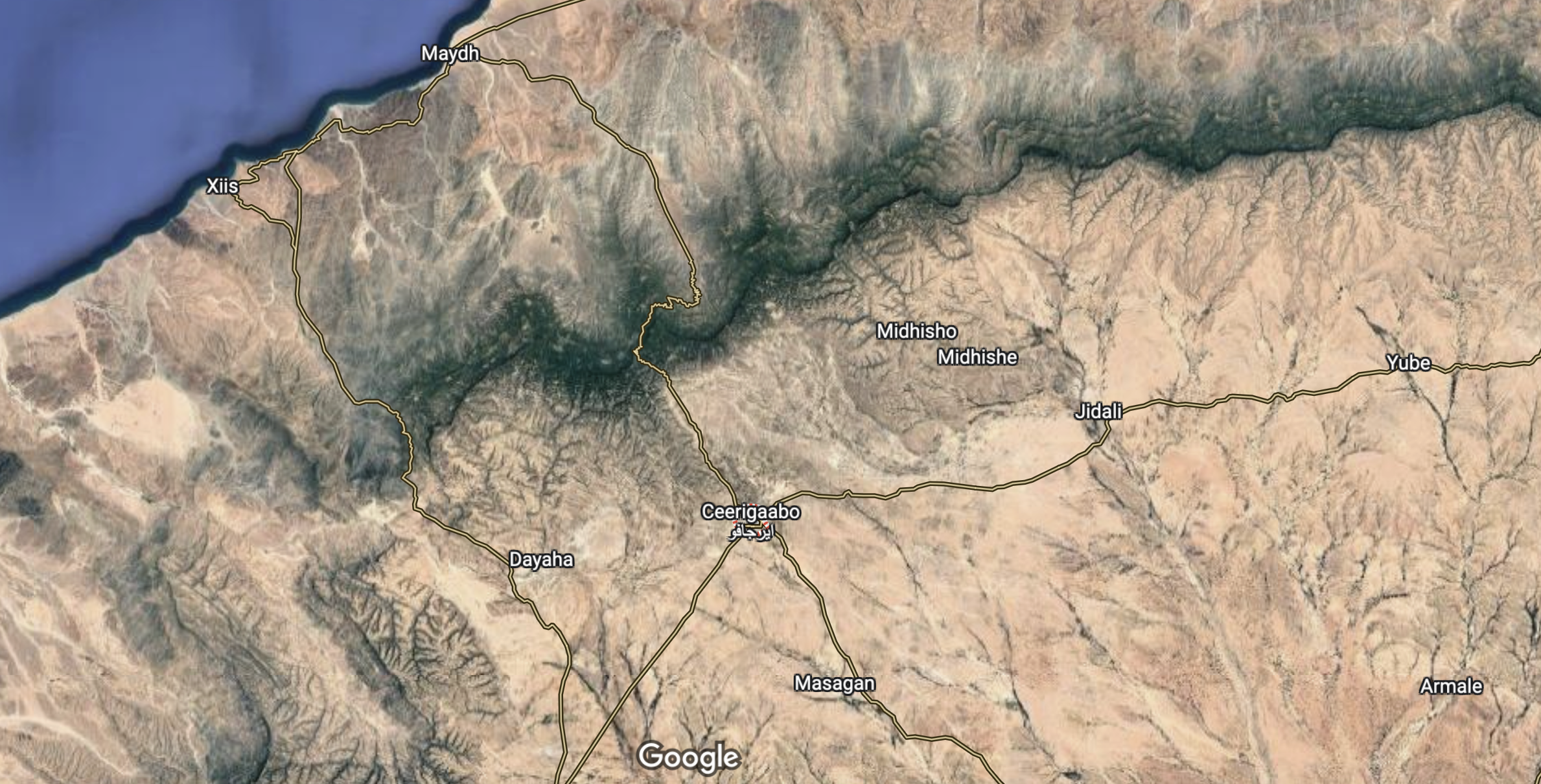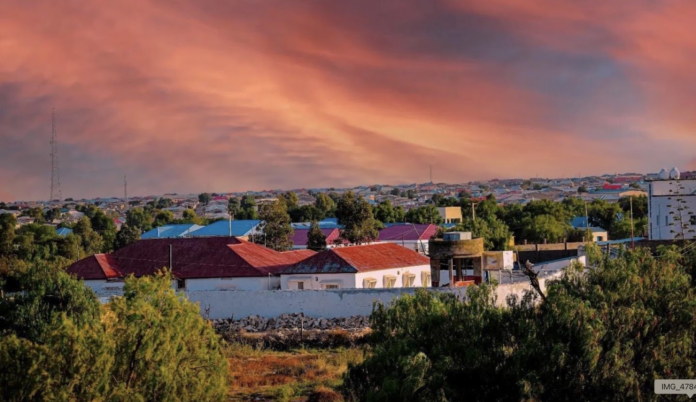ERIGABO, Sanaag (Kaab TV) – The conflict in Erigabo, a city long known for its decades-old tranquility, has become protracted and devastating since late November 2024.
Erigabo, the regional capital of Sanaag, has an economy predominantly based on pastoralism, trade, and small-scale agriculture.
Livestock farming dominates, with camels, goats, and sheep often exported to Gulf countries.
The city links coastal towns like Laasqoray to inland areas, while small-scale farming produces sorghum and maize.
Remittances and informal markets sustain livelihoods, though large-scale resource extraction is limited.
However, since late November, clashes between the Warsangeli and Habar Jeclo clans have claimed over 20 lives and injured dozens more.
According to the United Nations, nearly 43,000 people have been displaced, with many fleeing to nearby areas such as El Afweyn and Laasqoray.
This escalating crisis has also drawn in forces from SSC-Khaatumo and Somaliland, each accused of taking sides, further complicating the situation.
The conflict has triggered an arms race in the Sanaag province, with reports of increased weapons trading and militia mobilization.
Observers fear renewed clashes in the city and surrounding villages affecting larger communities.
Recently, SSC-Khaatumo leader Abduqadir Aw-Ali Firdhiye announced their intention to capture Erigabo under the SSC-Khaatumo flag.
“Our forces are ready, and we will liberate Erigabo and bring it under SSC-Khaatumo state,” he declared in a speech delivered in Lasanod.
Meanwhile, Somaliland’s government has called for a peaceful resolution but insists on defending Erigabo as part of its territory.
Presidential Spokesperson Hussein Adan Deyr stated: “The President emphasized that his government is not at war with its people, but it is a constitutional obligation to defend the country from any enemy. The National Forces have full authority to protect the country and its people.”

The Historical Context
Understanding the complexity of the Erigabo conflict requires acknowledging the city’s social and political divisions.
Erigabo, the capital of Sanaag, is home to both Isaaq and Darood clans. Following Somalia’s deadly civil war in 1993, local clans agreed on peaceful coexistence based on a four-clan framework: two from the Darood and two from the Isaaq.
The arrangement, brokered by elders, has since unraveled, with the Warsangeli accusing Somaliland’s Isaaq clan of violating the 1993 agreement.
“The Sanaag region spans 55,000 square kilometers, 35,000 of which are inhabited by Warsangeli clans. Erigabo itself has four clans,” said Warsangeli spokesperson Ali Guray Diriye during a gathering in El Buh town early this month.
Drawing Parallels to Galkayo’s Two-State Solution
Dr. Abdirahman Mohamed Abdi, a former Somali Minister of Fisheries and now an SSC-Khaatumo adviser, suggests that Erigabo’s situation could be resolved through a model similar to Galkayo’s 1993 peace accord.
Galkayo, a town straddling two of Somalia’s major clan families—the Darood and the Hawiye—was the site of intense conflict in the early 1990s.
The United Somali Congress (USC) of the Hawiye and Somali Salvation and Democratic Front (SSDF) of the Daarood, initially allies against the Siad Barre regime, brokered a ceasefire known as the 1993 Mudug Peace Accord.
This agreement effectively divided northern Somalia from the center and south, paving the way for Puntland’s establishment in 1998.
Remarkably, the accord has mitigated large-scale conflict in the region for over two decades.
“The Erigabo situation could end in a similar scenario to the Galkayo peace accord,” Dr. Abdirahman remarked.
A delegation of clan elders from Jigjiga, the Somali Region in Ethiopia, has engaged in peace talks with Isaaq and Darood elders in Erigabo.
Mohamed Iba Abdi, an Erigabo resident, reported progress.
“The elders’ negotiations seem to be bearing fruit, with a ceasefire reached weeks ago. However, a comprehensive peace resolution is yet to be finalized. We hope the elders will foster peaceful coexistence, but concerns remain about the potential division of the city,” Mohamed said.
Whether Somaliland would accept a divided Erigabo remains unclear.
Hargeisa previously administered the city fully, and the notion of splitting it could face significant resistance.

Adding to the complexity, Erigabo’s Dhulbahante population is affiliated with SSC-Khaatumo, while the Isaaq aligns with Somaliland.
However, Puntland and pro-Mogadishu factions, such as Maakhir, are also vying for influence. Excluding these actors could further delay any lasting resolution.
Whether through a two-state solution or another innovative approach, achieving a durable resolution will require inclusive dialogue, mutual concessions, and steadfast commitment from all parties.


